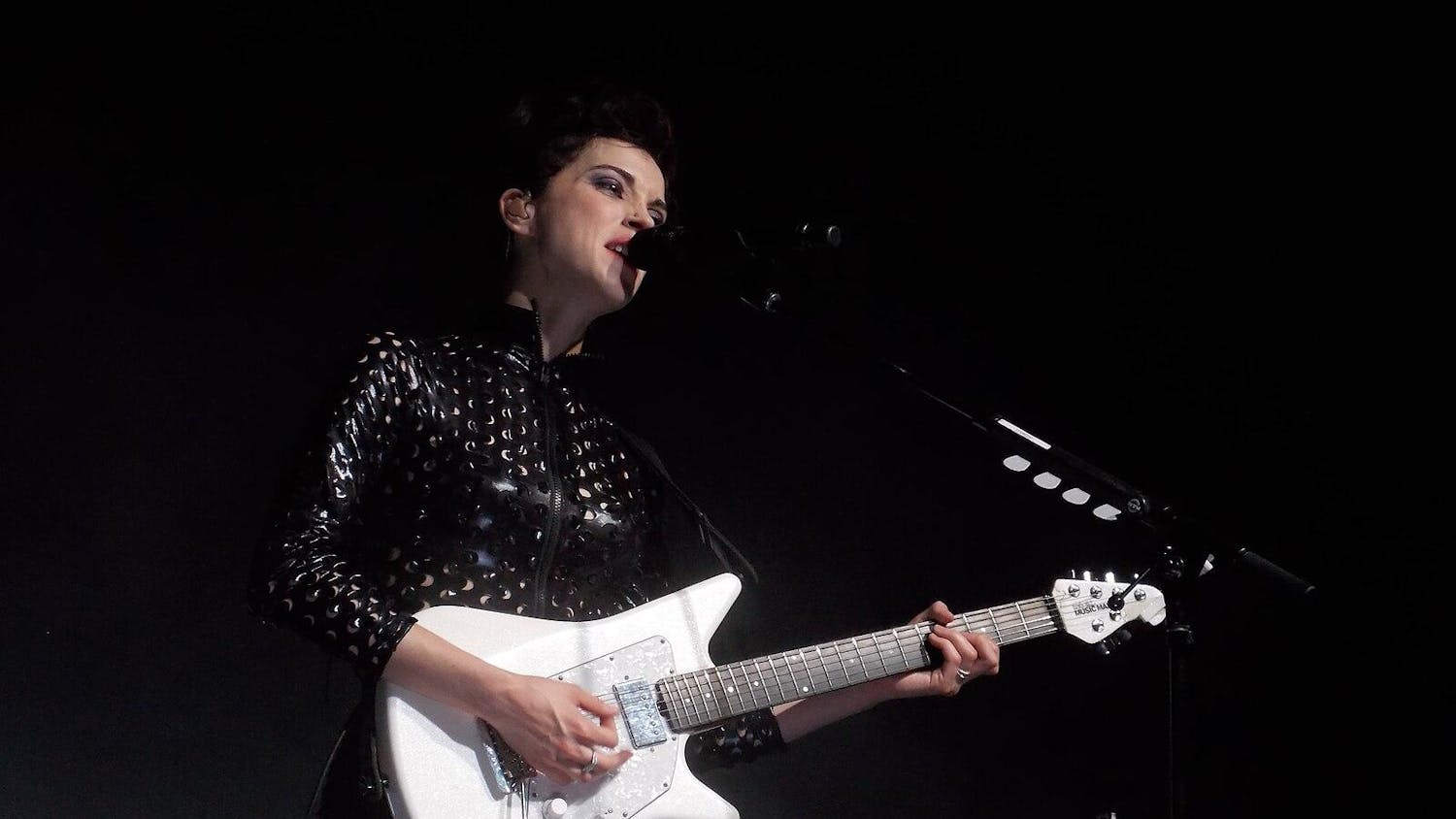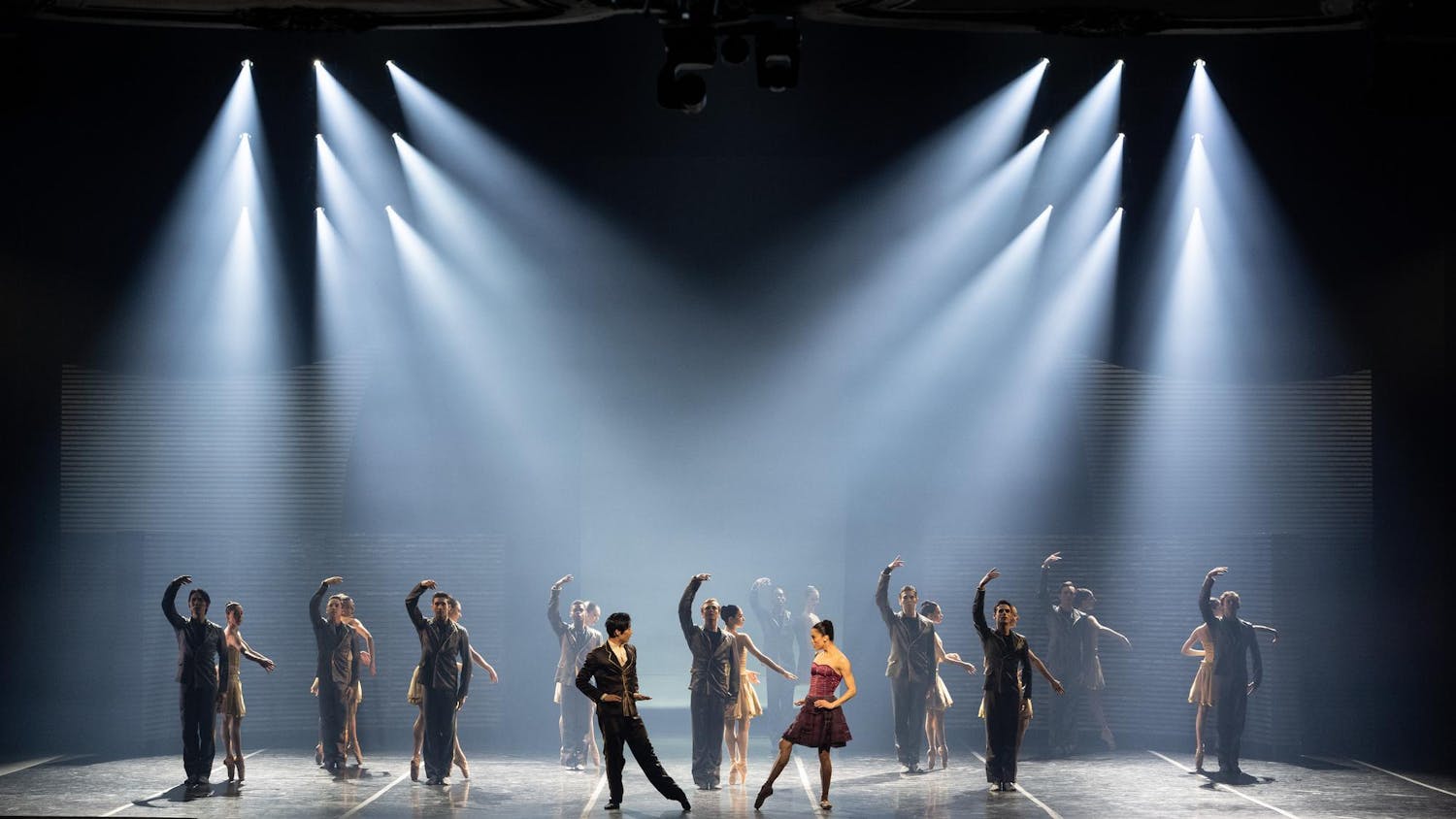In light of the recent gala at the Metropolitan Museum in New York, I thought that it would be great to end this semester with a celebration of designer Rei Kawakubo. After all, “dulcis in fundo.” The Japanese designer started one of the most recognizable brands in the industry to this day, Comme des Garcons. Her unique and inimitable style has elevated her to the status of fashion goddess and has allowed her to dictate and anticipate trends in the business, redefining beauty standards along the way.
The one show that any piece of any length on Kawakubo has to imperatively include is her “Body Meets Dress, Dress Meets Body” from the Spring 1997 Ready-to-Wear collection. The clothes she displayed on the runway were like nothing anyone had seen before, as they glorified a new silhouette formed by odd bumps in different parts of the models’ bodies. Her choice to include these lumps in her clothing line for women as a way to reject standards of beauty and the male gaze reminded me of Yayoi Kusama’s “Walking Piece” (1966). For this performance, the Japanese woman walked around New York dressed in traditional Japanese attire as a way to comment on the oppressive expectations Western society had of her behavior as an Asian woman. Kawakubo, who is a very private person who does not often release interviews, asserted on the occasion, “If [fashion designers] don’t take risks, then who will?” She also collaborated with Merce Cunningham on a very avant-garde performance art piece in which Cunningham’s dancers danced in Kawakubo’s Spring-Summer 1997 collection.
Something else that is typical of Kawakubo’s designing genius is the way she has constantly drawn inspiration from the art world during her long career. For her Spring 2001 Comme des Garcons Ready-to Wear collection, for instance, she showcased looks that notably resembled op-art paintings, such as those by Bridget Riley. While some clothes featured optically illusionary prints, some others featured red polka dots on a white background. This was also a clear reference to the sculptural work of Yayoi Kusama. Polka dots were also juxtaposed to camouflage motifs, creating an apparent visual cacophony. This actually had quite the opposite effect, asserting Kawakubo as a designer who is truly a visionary, above what the rest of the fashion world might think about what looks good with what.
The spirit of innovation and cutting-edge fashion that characterizes Kawakubo’s work, unfortunately, was definitely not reflected in many of the gowns at the Met Gala. Ironically, while trying to celebrate the Japanese designer, many celebrities -- maybe with the exception of Rihanna and Cara Delevigne -- failed to deliver a 'wow' moment on the red carpet. Kim Kardashian’s white gown, for instance, was nothing more than a celebration of commercial fashion and an ode to boredom, as were many of her sisters’ outfits. It is probably sufficient to say that the Met's tribute gala to Alexander McQueen delivered many more noteworthy looks, which is probably the reason why expectations were so high this year. Maybe Kawakubo will release a cryptic comment about her disappointment in the near future? If I were her, I would.
More from The Tufts Daily





